Have you ever wondered why flight attendants insist on switching your electronic devices to airplane mode before takeoff?
It might seem like a small detail, but it is a crucial part of flying safely. This simple action helps ensure that the technology in the cockpit runs smoothly without interference. It keeps the plane's sensitive equipment from getting scrambled by your phone's signals, allowing for a seamless takeoff.
In this article, we dive into 5 reasons why this tiny switch is a big deal for everyone on board.
When you are high up in the sky, your electronic gadgets could be more than just devices for keeping you entertained. They might actually interfere with the plane’s essential systems.
For starters, your device sends out signals constantly to reach cell towers. Up in the air, these signals could mess with the plane’s own signals. The ones it uses to talk to air traffic control and navigate.
Secondly, the plane’s systems are designed to be super precise. Even a tiny bit of interference from a phone could lead to errors in communication and navigation tools. That is why keeping your phone in airplane mode is a key part of keeping the flight safe and smooth.
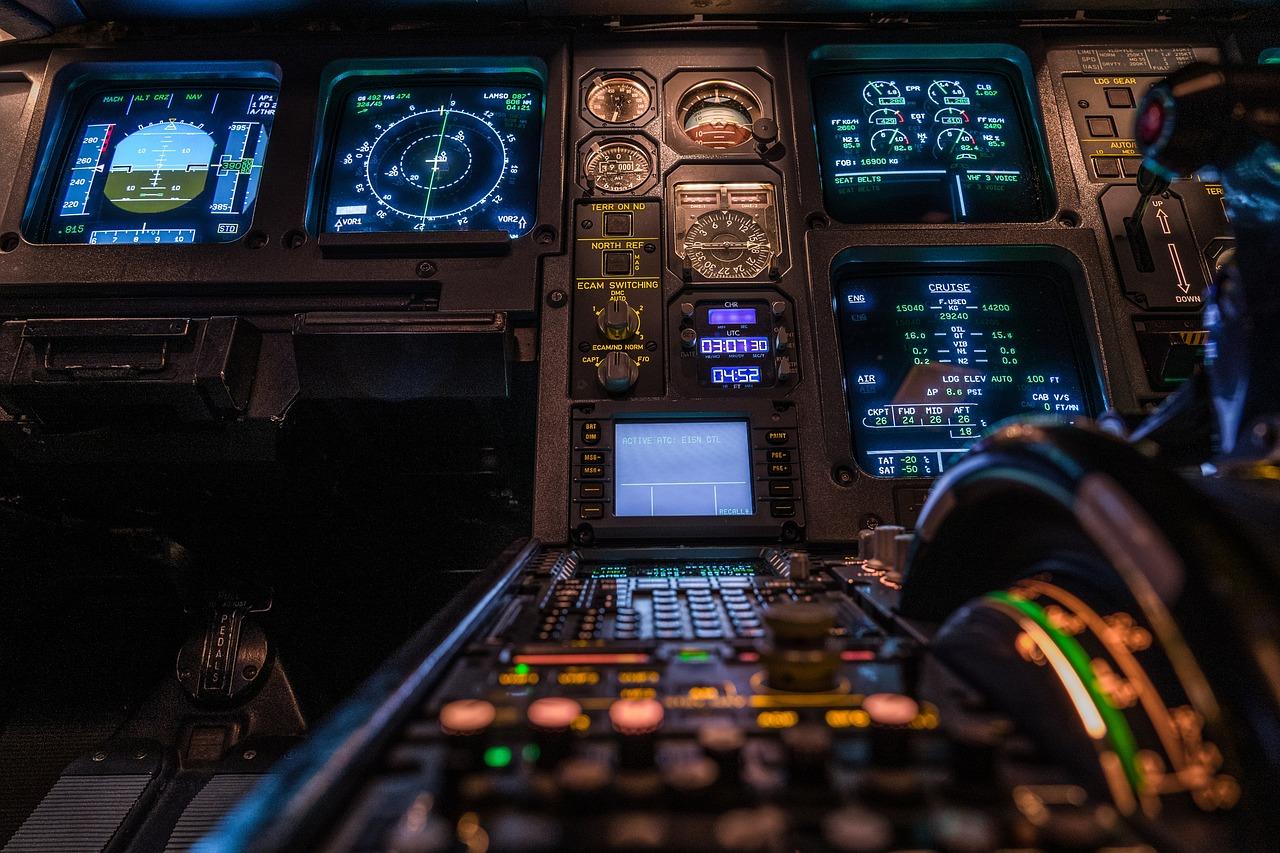
There are a couple of rules and regulations from various bodies when it comes to flights. For instance, the Federal Aviation Administration (FAA) has regulations in place that require passengers to put their devices in airplane mode. This is to prevent signals from your devices from interfering with the aircraft’s equipment.
Note that this rule isn't just for the US, UK, or any particular state or region. It must be followed worldwide.
By complying with these regulations, airlines ensure that they meet safety protocols which are essential for the smooth operation of flights across global airspaces.
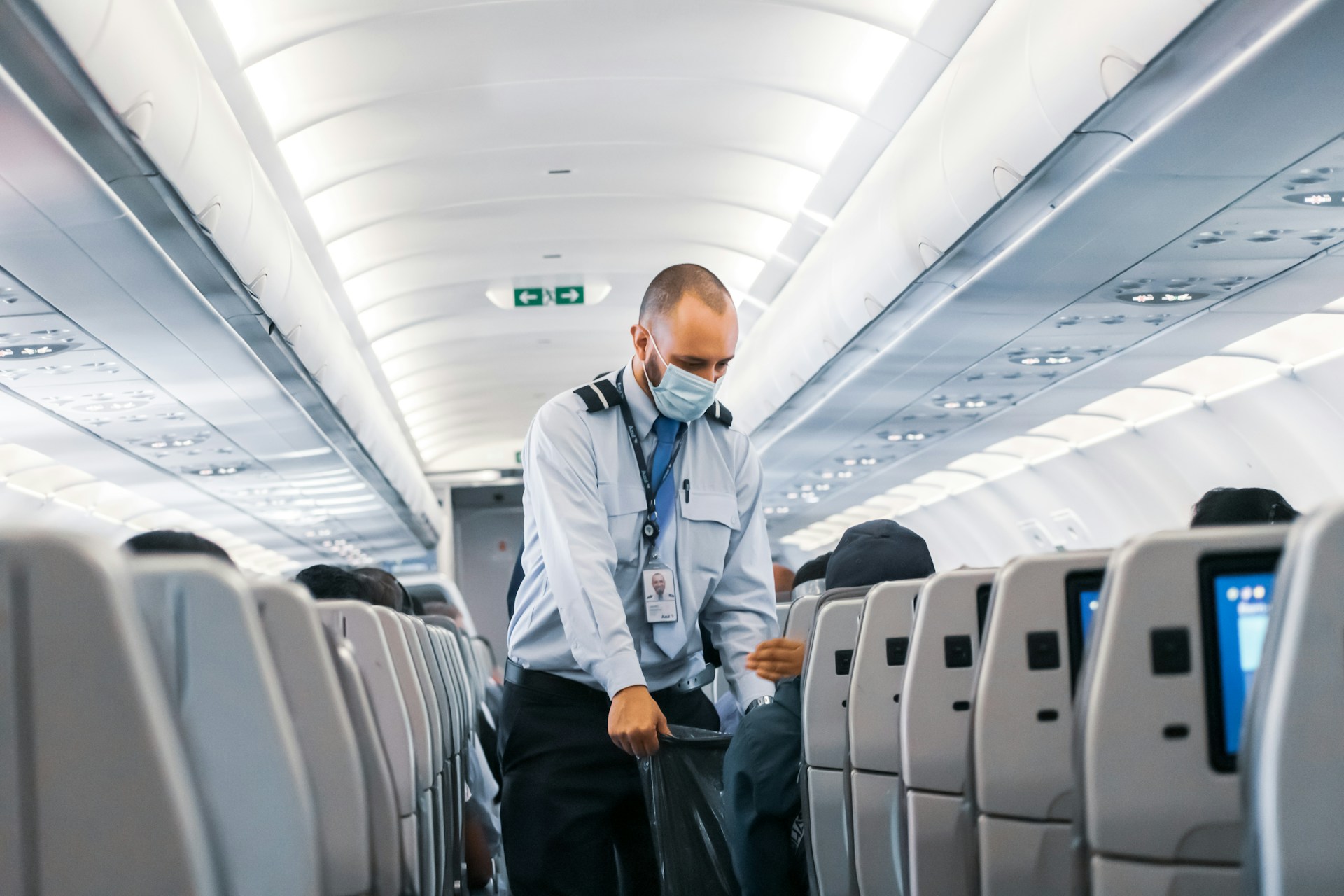
By minimizing electronic interference from personal devices, pilots can maintain clear, uninterrupted communication with air traffic control. This is crucial for receiving accurate navigation instructions and safety updates.
The plane's instruments need to be precise and any interference from personal devices can alter these readings. Continuous interference from multiple devices could strain the aircraft's systems, potentially leading to navigational errors. Airplane mode keeps these instruments accurate.
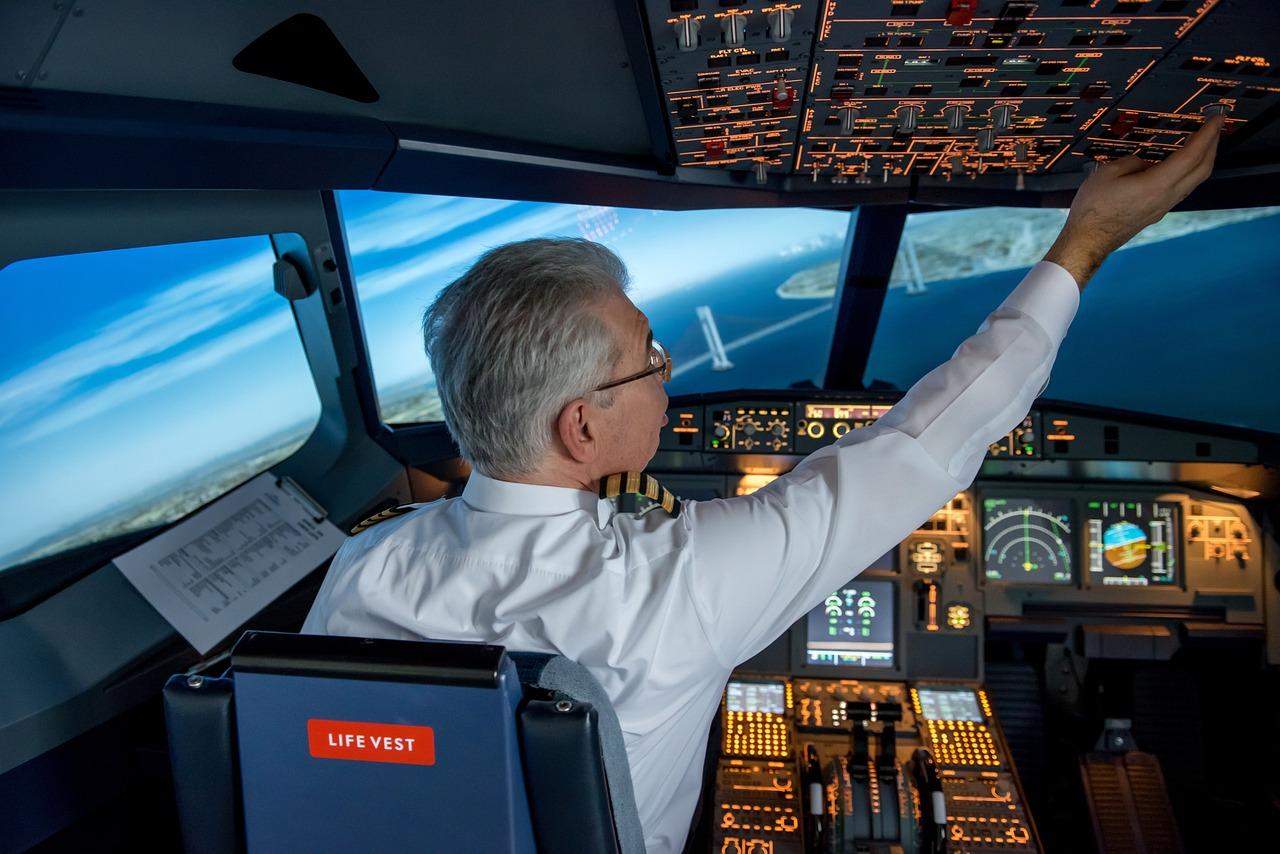
When your phone is active during a flight, it constantly searches for cell signals as the plane travels at high speeds and high altitudes. This relentless searching can cause your phone to connect and reconnect with multiple cell towers rapidly. Because the plane is moving so fast, it can connect with dozens of towers in just a few minutes.
This not only drains your phone’s battery faster but also puts an extra load on the ground cell towers. The towers are designed to handle steady, predictable loads, not the high-intensity demands of a phone zooming overhead at 500 miles per hour.
This overload can lead to reduced service quality for users on the ground and can even disrupt local cellular networks.
Switching to airplane mode cuts off these signals, ensuring your phone doesn’t interfere with ground systems, and helping to maintain service quality and network stability for everyone. It is a small step that helps avoid a larger impact.
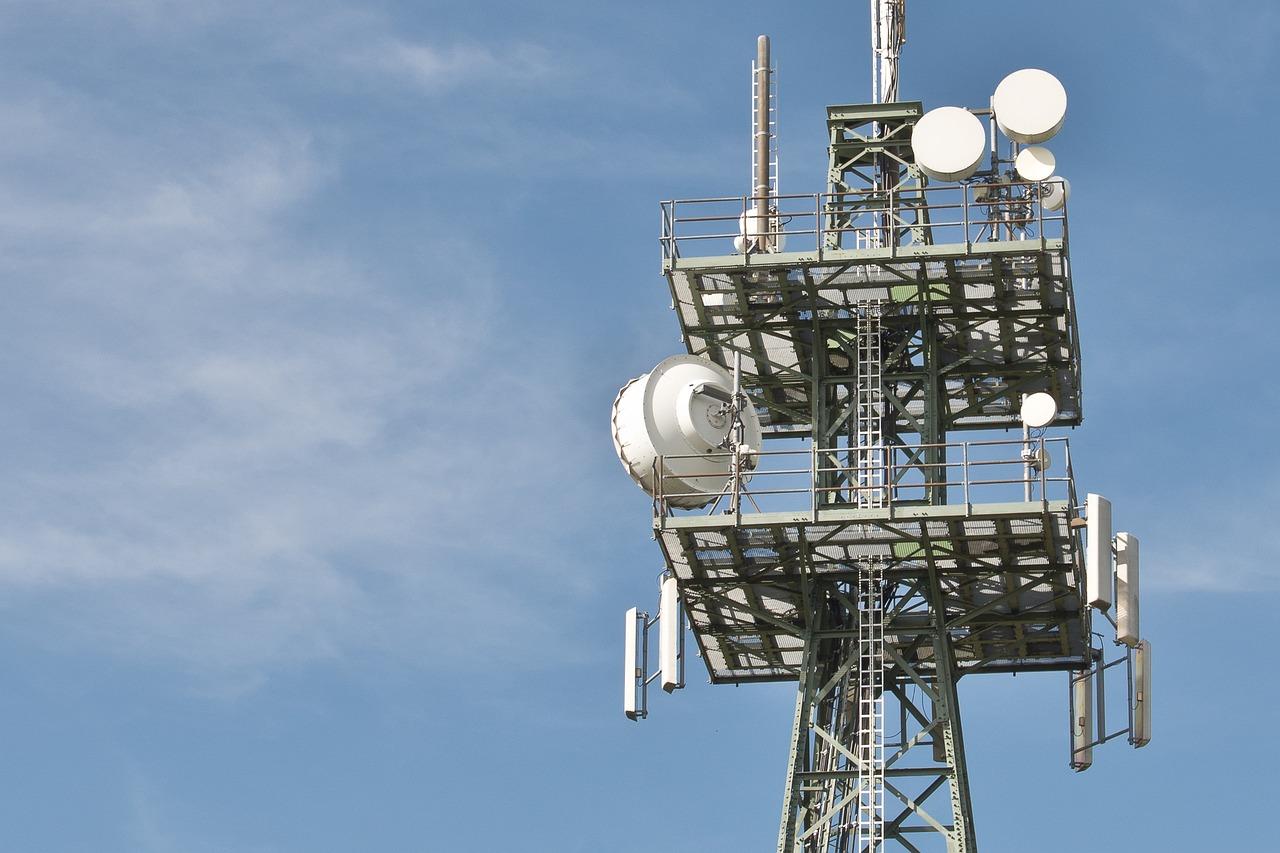
Lastly, switching to airplane mode isn't just about complying with flight rules, it is also about being a considerate traveller.
When you use your phone normally, sounds from calls, messages, or notifications can easily become a disturbance to people sitting near you.
Imagine being surrounded by multiple passengers talking loudly on their phones or the constant pinging of text messages and email notifications. It can quickly turn a peaceful flight into a noisy ordeal.
By switching your device to airplane mode, you help maintain a quieter, more relaxed atmosphere, allowing everyone to unwind, read, sleep, or enjoy their in-flight entertainment peacefully.
It is a small gesture, but it makes a big difference in enhancing the travel experience for you and your fellow passengers.
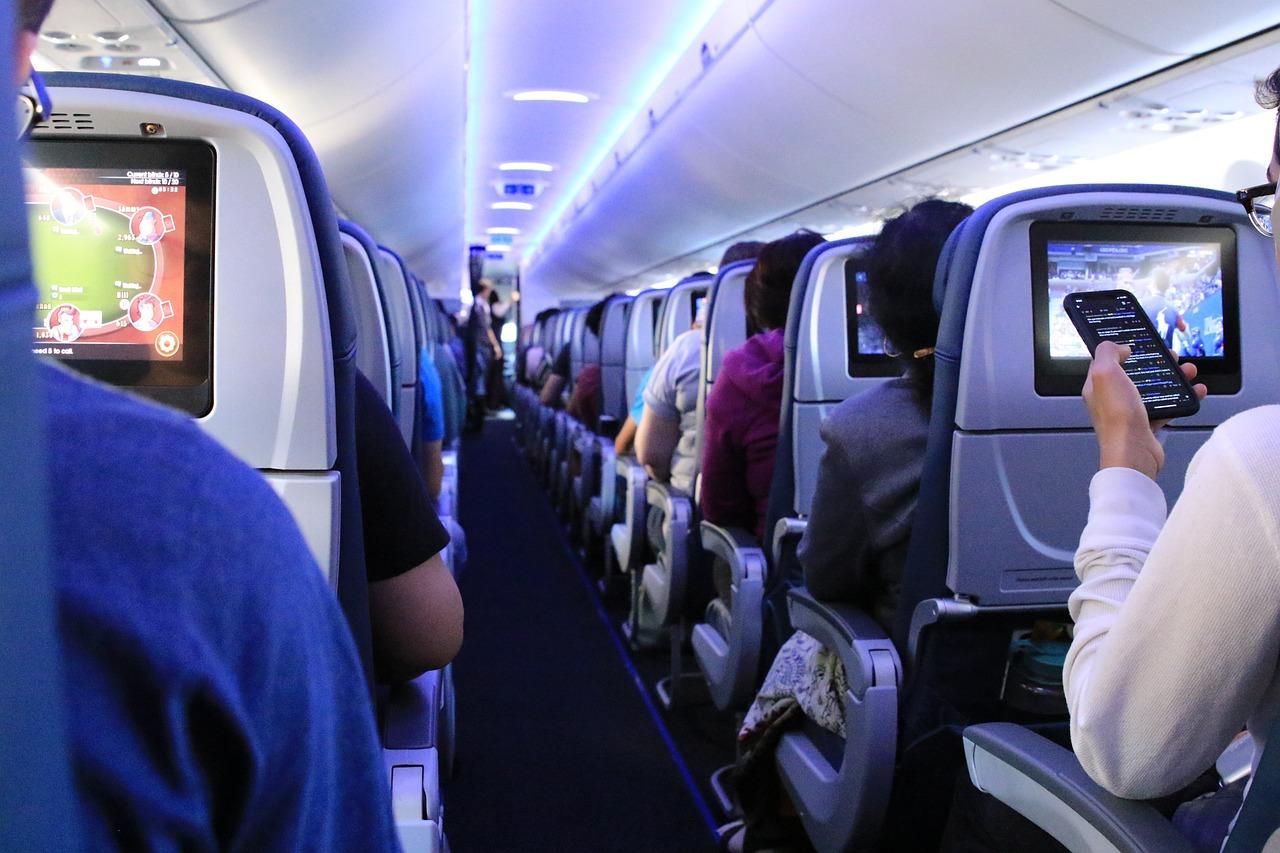
If you want the latest information on the best Hotel Executive Club Lounges, Hotel Kids Clubs and other travel information, be sure to sign up for our free newsletter full of tips and great travel ideas.